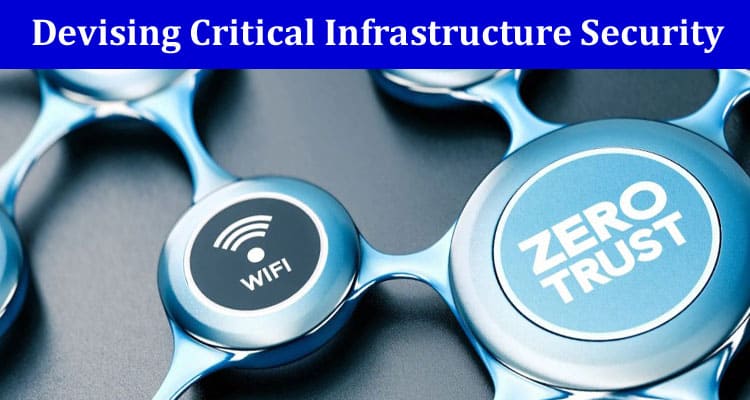With the emerging hybrid workforce and accelerating cloud migration, applications and users are now everywhere, with users expecting access from any location on any device. The implied trust of years past, where being physically present in an office provided some measure of user authenticity no longer exists. This level of complexity requires a higher level of security, applied consistently across all environments and interactions. Here’s what you need to do.
Strengthening Critical Infrastructure Security with Zero Trust
The traditional security model—where perimeter defenses safeguard an organization’s core network—is proving to be insufficient. With the proliferation of cyber threats and the dynamic nature of modern work environments, a change in basic assumptions is needed. Enter Zero Trust—a security concept that operates on the foundational principle of “never trust, always verify.”
The proliferation of hybrid work models and the rapid migration of critical applications to the cloud have blurred the traditional boundaries of networks. In this new paradigm, users and applications operate from diverse locations, accessing resources from various devices and networks. For example, users no longer gain inherent trust just by being within the office network perimeter.
All this complexity demands a higher level of security—an approach that is both adaptive and consistent across all environments and interactions. Enter Zero Trust, a philosophy based on “never trust, always verify” where every access attempt is potentially unauthorized until validated, regardless of the user’s location or device. This granular verification ensures that access to critical assets is rigorously scrutinized and authorized, significantly mitigating potential risks.
Fortifying Critical Infrastructure: The Imperative of Zero Trust Security
Zero trust is the cornerstone of safeguarding critical infrastructure. With evolving cyber threats, this approach challenges the traditional “trust but verify” model by assuming no implicit trust, rigorously verifying every access request. By consistently validating identities and monitoring activities, zero trust fortifies resilience against breaches, protecting vital systems and data from potential compromise.
Here’s what organizations can do to fortify their critical infrastructure security:
- Comprehensive Network Segmentation: What is network segmentation? Implementing a segmented network architecture serves as the cornerstone of Zero Trust. Divide the network into secure segments, categorizing resources based on sensitivity levels. Implement stringent controls governing traffic flow between segments, limiting lateral movement in case of a breach.
- Identity-Centric Access Controls: Transition from perimeter-based security models to identity-centric access controls. Adopt robust authentication and authorization mechanisms that verify user identities, device health, and contextual factors before granting access.
- Continuous Monitoring and Analytics: Leverage advanced monitoring tools and behavioral analytics to continuously scrutinize network activities. Detect anomalies in real-time, enabling swift responses to potential threats or unauthorized activities.
- Microsegmentation for Granular Control: Embrace microsegmentation to achieve granular control over individual workloads or applications within a network. This enables precise restriction of lateral movement and containment of threats within specific segments.
- User and Entity Behavior Analytics (UEBA): Deploy UEBA solutions to analyze user behaviors and detect anomalous activities. Machine learning algorithms help identify patterns indicative of potential security risks, empowering proactive threat mitigation.
- Regular Security Audits and Updates: Conduct periodic security audits and ensure timely updates of security protocols, leveraging the latest advancements to fortify defenses against emerging threats.
Zero Trust is a fundamental shift in cybersecurity philosophy. By adopting a Zero Trust framework with network segmentation and access controls, organizations can fortify their critical infrastructure against the always evolving threat landscape.


